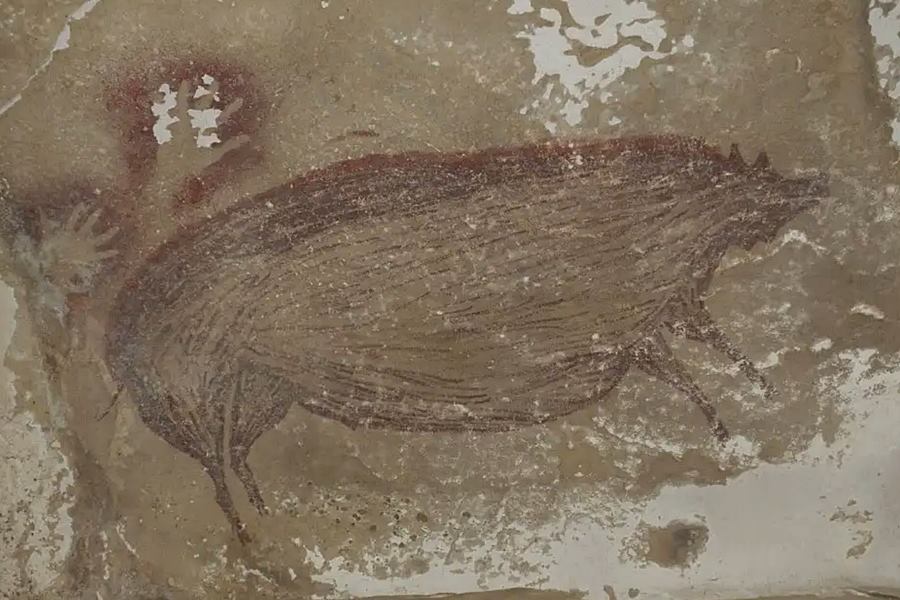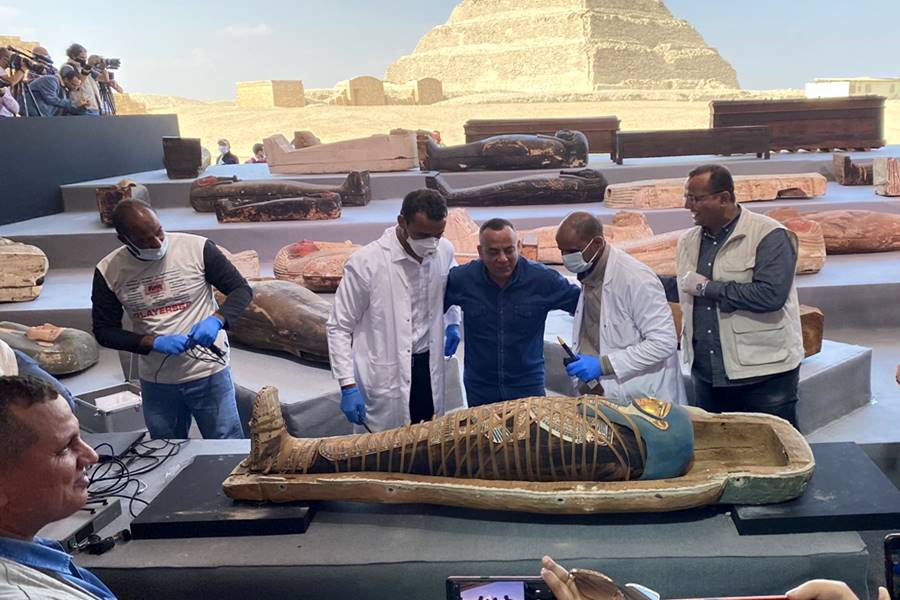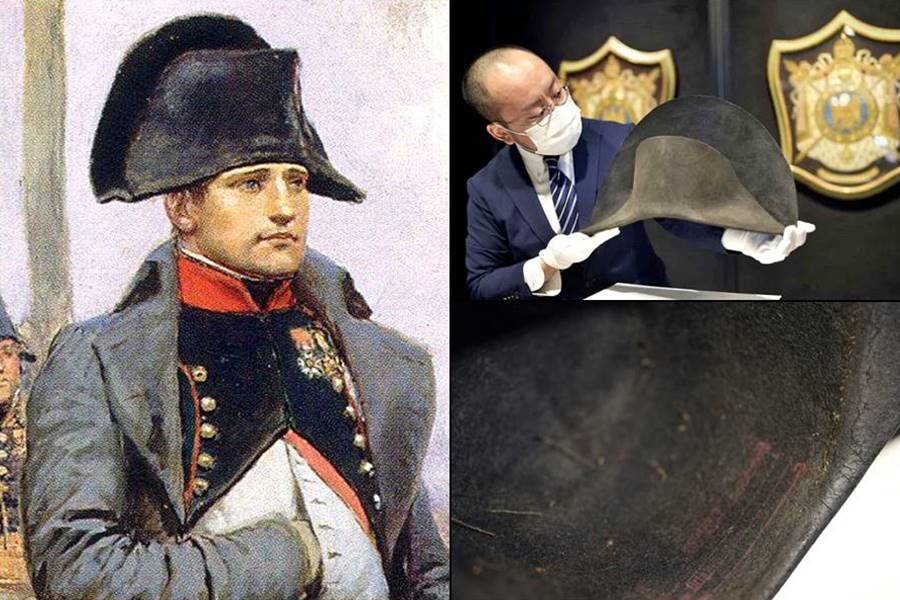Thu 14 January 2021:
Archaeologists have discovered the world’s oldest known cave painting: a life-sized picture of a wild pig that was made at least 45,500 years ago in Indonesia.
The finding, described in the journal Science Advances on Wednesday, provides the earliest evidence of human settlement of the region.
“The people who made it were fully modern, they were just like us, they had all of the capacity and the tools to do any painting that they liked,” said Maxime Aubert, the co-author of the report published in Science Advances journal.
The picture was found in the Leang Tedongnge cave in a remote valley on the island of Sulawesi.
It provides the earliest evidence of human settlement of the region.
Co-author Maxime Aubert, of Australia’s Griffith University, told AFP it was found on the island of Sulawesi in 2017 by doctoral student Basran Burhan, as part of surveys the team was carrying out with Indonesian authorities.
The Leang Tedongnge cave is located in a remote valley enclosed by sheer limestone cliffs, about an hour’s walk from the nearest road.
Measuring 136cm by 54cm (53in by 21in), the Sulawesi warty pig was painted using dark red ochre pigment and has a short crest of upright hair, as well as a pair of horn-like facial warts characteristic of adult males of the species.
There are two hand prints above the pig’s hindquarters, and it appears to be facing two other pigs that are only partially preserved, as part of a narrative scene.

“The pig appears to be observing a fight or social interaction between two other warty pigs,” said co-author Adam Brumm.
The previously oldest dated rock art painting was found by the same team in Sulawesi. It depicted a group of part-human, part-animal figures hunting mammals, and was found to be at least 43,900 years old.
This site now represents the oldest evidence of humans in Wallacea, but it is hoped further research will help show people were in the region much earlier, which would resolve the Australia settlement puzzle.
To make handprints, the artists would have had to place their hands on a surface then spit pigment over it, and the team are hoping to try to extract DNA samples from residual saliva.
Paul Pettitt at Durham University, UK, agrees that the discovery adds to evidence of human presence in the islands of south-east Asia. Early humans presumably crossed these islands to reach Australia – perhaps as early as 65,000 years ago – after migrating out of Africa.
But Pettitt says: “Given the insufficient amount of human fossils in the region at this time, we cannot, of course, rule out authorship by another human species, like the Neanderthals [that] were producing non-figurative art in Europe.”
FOLLOW INDEPENDENT PRESS:
TWITTER (CLICK HERE)
https://twitter.com/IpIndependent
FACEBOOK (CLICK HERE)
https://web.facebook.com/ipindependent
Think your friends would be interested? Share this story!




















